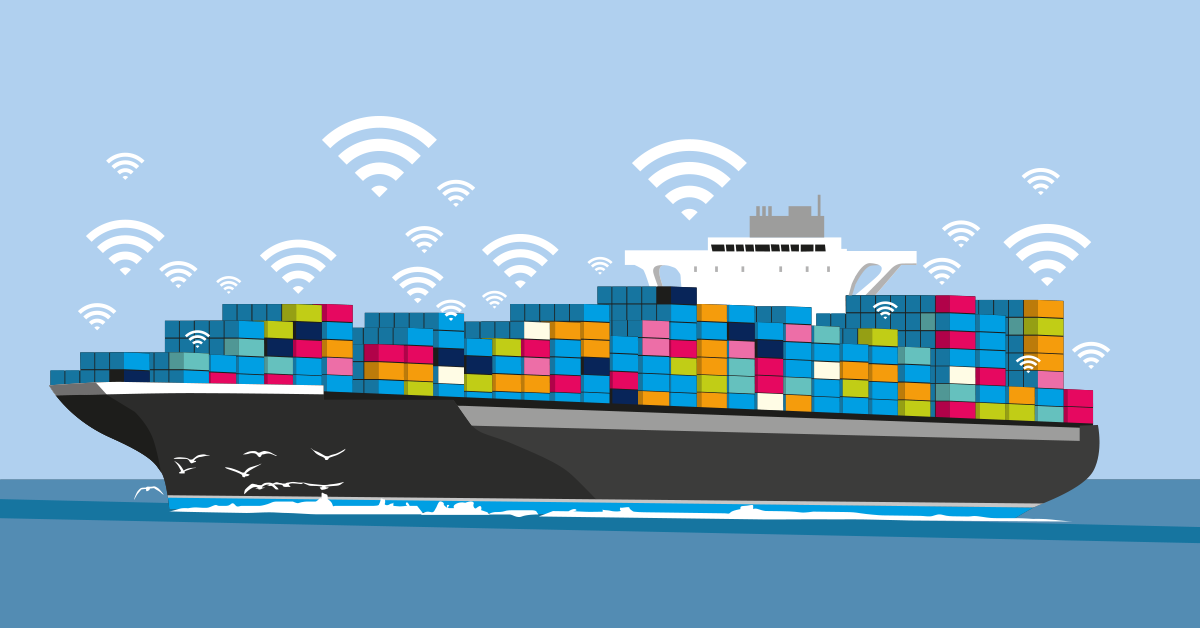IBM and IoT service provider Sigfox have jointly implemented a solution for digitizing container tracking in logistics. The project was implemented as part of Groupe PSA. Now the tracking system is to be offered to other manufacturers too.
The companies involved have devised this innovative LPWAN approach as part of a cooperative design thinking process and have scaled it to an industrial level within the "ScaleZone" structure provided by IBM, in which multi-stakeholder projects are promoted.
The corresponding track & trace solution makes it possible to improve container circulation between suppliers and assembly plants. Sensors on the containers provide real-time information on the location of the delivery to the cloud-based IBM Watson IoT platform. The application is designed to help reduce production downtime and avoid packaging waste and disruptions. Thanks to this track & trace system, all parties involved now know in detail where individual containers are located. The entire system is descriptive and is truly a new step in the digitization of the supply chain. It's just another application that fits the LPWAN technology perfectly.
The system, already implemented at several PSA sites, has also integrated analytical IBM services that allow further development in terms of AI and blockchain for logistics applications. IBM, Sigfox and PSA plan to offer the platform to other European automobile manufacturers before the end of this year.
iLPWA(N) Radio networks that transport small IoT data over long distances are called Low Power Wide Area Network (LPWAN) or Low Power Network (LPN). Such networks are very well suited to meet the challenges of data transmission in a city, community, within a building or in logistics. Sensors and actuators can send or receive IoT data over several years, mostly battery powered. In addition to Sigfox, there are LoRaWAN, NB-IoT and more LPWAN/LPN protocols with similar characteristics.
 Published by
Published by 




.jpg)






